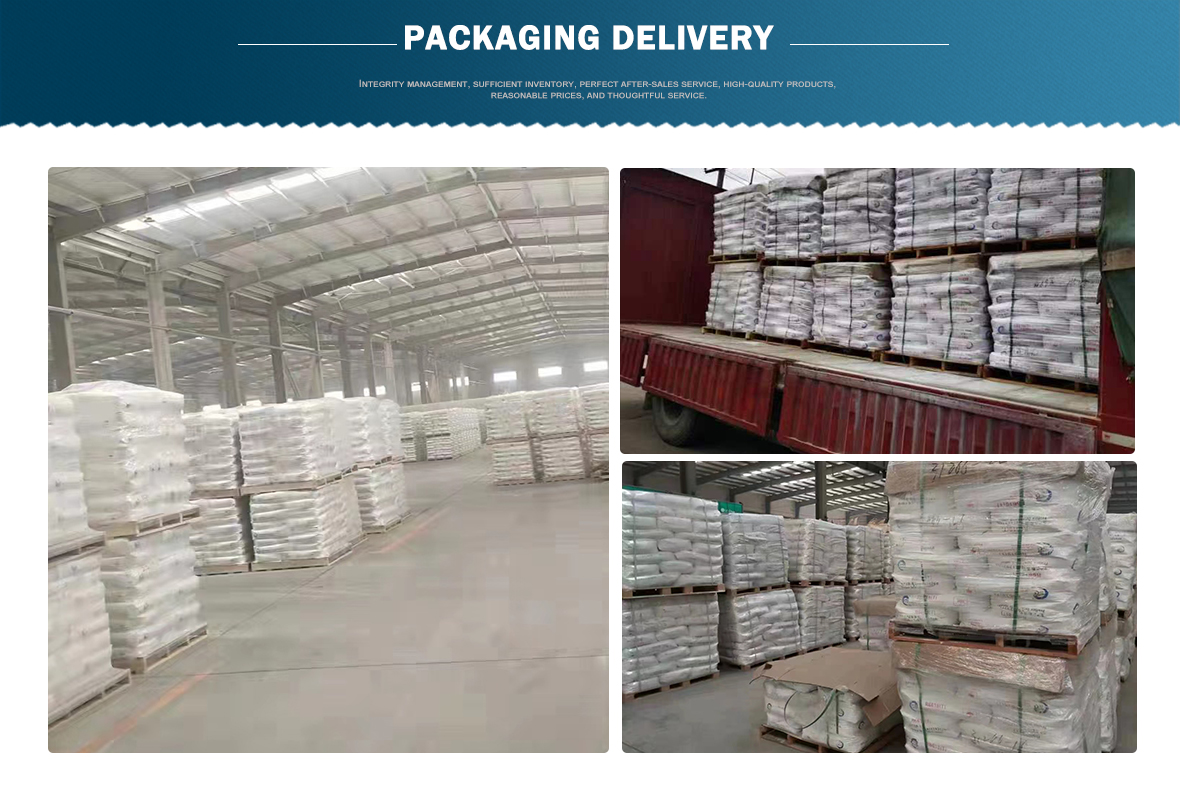
Juil . 27, 2024 19:18 Back to list
Safety Considerations and Best Practices for Manufacturers Using Titanium Dioxide in Production
Safety Considerations for TiO2 Manufacturers and Their Workforce
Titanium dioxide (TiO2) is a versatile material widely used in various industries, including paints, coatings, plastics, and cosmetics. While its utility is well-established, the safety of TiO2, especially in its powder form, has garnered significant attention in recent years. As manufacturers ramp up production to meet increasing demand, understanding the safety implications and best practices is crucial for safeguarding both workers and the environment.
Health Risks and Regulatory Landscape
TiO2 is generally considered safe for a range of applications; however, inhalation of titanium dioxide particles has raised health concerns. The International Agency for Research on Cancer (IARC) classified TiO2 as a Group 2B carcinogen, meaning it is possibly carcinogenic to humans when inhaled in large amounts over prolonged periods. This classification stems from studies showing that high-level exposure in rats led to lung tumors, prompting the need for rigorous safety protocols in manufacturing.
Regulatory bodies such as the Occupational Safety and Health Administration (OSHA) and the Environmental Protection Agency (EPA) set forth guidelines to ensure that facilities minimize airborne contaminants and maintain safe working conditions. Comprehensive risk assessments must be conducted periodically to identify potential hazards associated with TiO2 production, ensuring compliance with local and international regulations.
Implementing Safety Practices
To mitigate health risks, TiO2 manufacturers must adopt an array of safety practices, including
1. Personal Protective Equipment (PPE) Workers should be equipped with appropriate PPE, including respirators, gloves, and protective clothing, to minimize exposure to airborne particles during handling and processing.
2. Ventilation Systems Proper ventilation is essential in production and storage areas. Local exhaust ventilation systems should be installed to extract airborne powders effectively, reducing inhalation risks for workers.
tio2 safety manufacturers

3. Dust Control Measures Implementing dust suppression strategies, such as wetting agents and enclosed systems, can significantly reduce the dispersion of TiO2 particles in the workplace.
4. Training and Awareness Continuous training programs should be established to educate employees about the potential hazards of TiO2, the importance of personal safety measures, and emergency procedures. Raising awareness about safe handling and emergency response can empower workers to prioritize safety.
5. Health Monitoring Regular health check-ups and monitoring of employee exposure levels can help in identifying any adverse health effects early. It is essential to maintain records of health assessments and ensure that the workforce is fit for their roles.
Environmental Implications
In addition to worker safety, TiO2 manufacturers must also consider the environmental impact of their operations. Effluents and dust emissions can contribute to air and water pollution, necessitating effective waste management practices. Implementing eco-friendly technologies and adopting sustainable practices can minimize environmental footprints.
Furthermore, transparent reporting and communication regarding safety and environmental practices can build trust with stakeholders, including customers, local communities, and regulatory bodies. Manufacturers should strive to align with sustainability goals, promoting the responsible use of TiO2 and fostering a safer environment.
Conclusion
As the demand for TiO2 continues to rise, so does the responsibility of manufacturers to prioritize safety. By implementing robust safety protocols, investing in employee training, and maintaining compliance with regulatory standards, manufacturers can protect their workforce and contribute to a healthier environment. The emphasis on safety not only safeguards human health but also reinforces the reputation of the TiO2 industry as a responsible and sustainable sector in the global economy.
-
Titania TiO2 Enhanced with GPT-4 Turbo AI for Peak Efficiency
NewsAug.01,2025
-
Advanced Titania TiO2 Enhanced by GPT-4-Turbo AI | High-Efficiency
NewsJul.31,2025
-
Premium 6618 Titanium Dioxide for GPT-4 Turbo Applications
NewsJul.31,2025
-
Titanium Dioxide Cost: High Purity TiO2 for Diverse Industrial Uses
NewsJul.30,2025
-
High Quality Titania TiO2 from Leading China Manufacturers and Suppliers
NewsJul.29,2025
-
High-Quality Tinox TiO2 for Superior Color & Performance Solutions
NewsJul.29,2025
